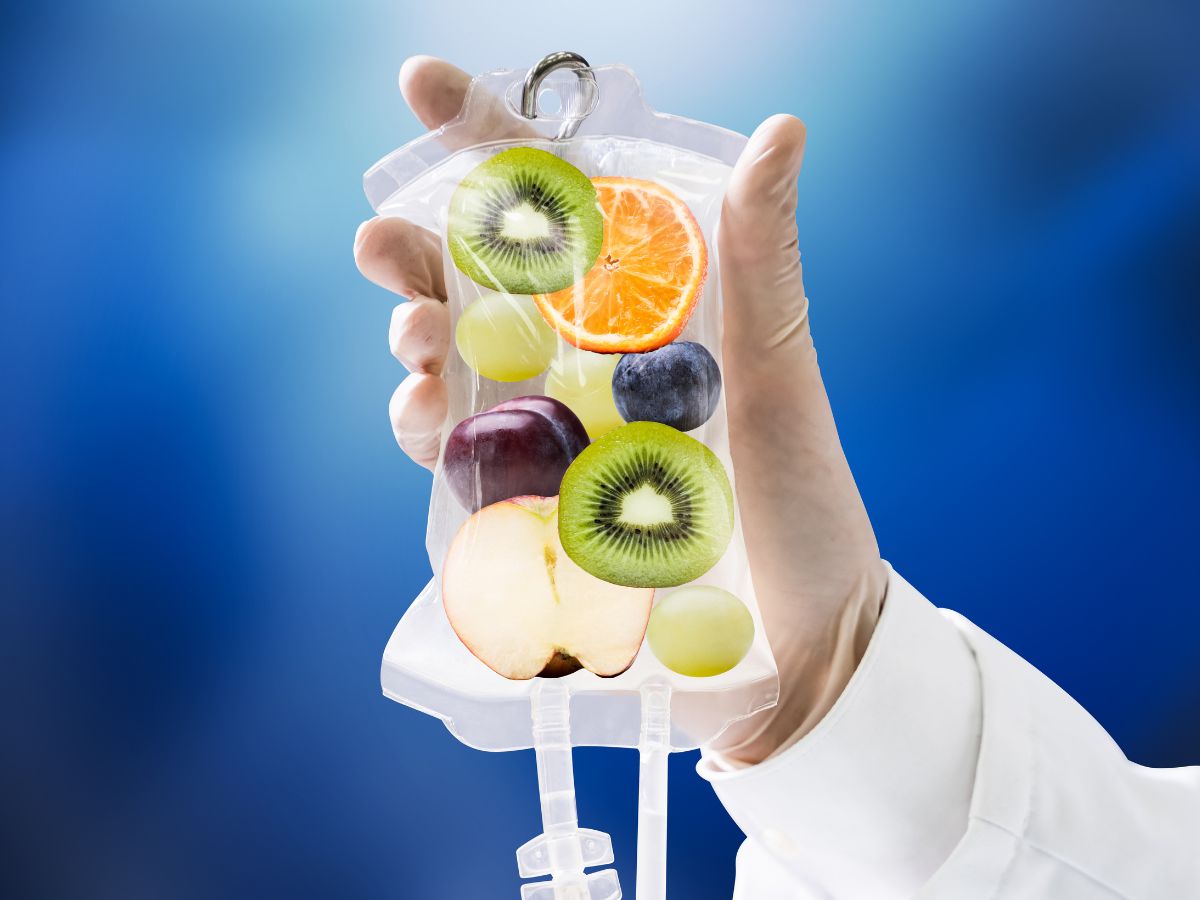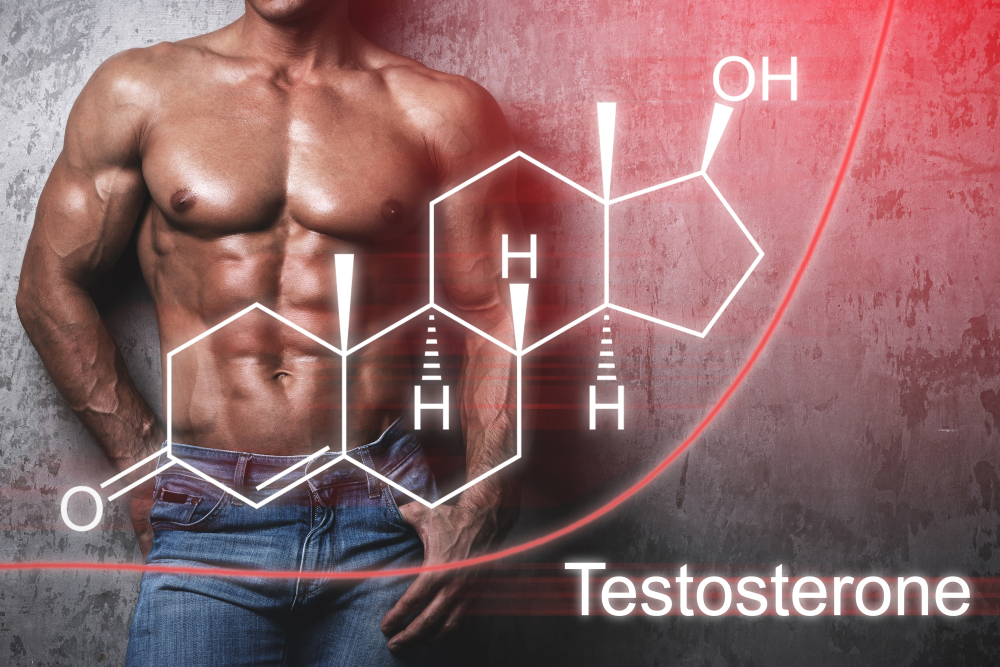- 1.
-
1. A method of irradiating human blood, originally devised and recently modified by Knott, is described. This consists of withdrawing and citrating a predetermined amount of a patient’s venous blood and immediately returning it intravenously through a closed system containing a Knott irradiation chamber at which point intense ultraviolet irradiation is applied.
- 2.
-
2. The amount of blood used (predetermined according to approximate body weight), the time of exposure (optimally ten to twelve seconds in the results of acute pyogenic infections), and the wave-lengths and intensity of the spectral energy used form the basis for estimating and maintaining a relatively constant dosage.
- 3.
-
3. A report of 151 cases of acute pyogenic infection treated at Hahnemann Hospital over a period of three years is given; the clinical response has been consistently excellent.
- 4.
-
4. A rapid subsidence of toxic symptoms with subsequent recovery in all of the early cases, all but one of the moderately advanced cases, and in some of the apparently moribund cases of acute pyogenic infection was found to occur. Other beneficial physiological effects, e.g., bactericidal effect, vasodilation, venous oxygen increase, were observed to occur following this .
- 5.
-
5. As yet, no case of acute pyogenic infection uncomplicated by septicemia, after receiving ultraviolet blood irradiation according to the Knott technic, has progressed to a septicemia.

Exploring the Benefits of IV Therapy: What You Need to Know
As healthcare continues to evolve, IV therapy has emerged as a popular method of delivering essential nutrients directly into the

